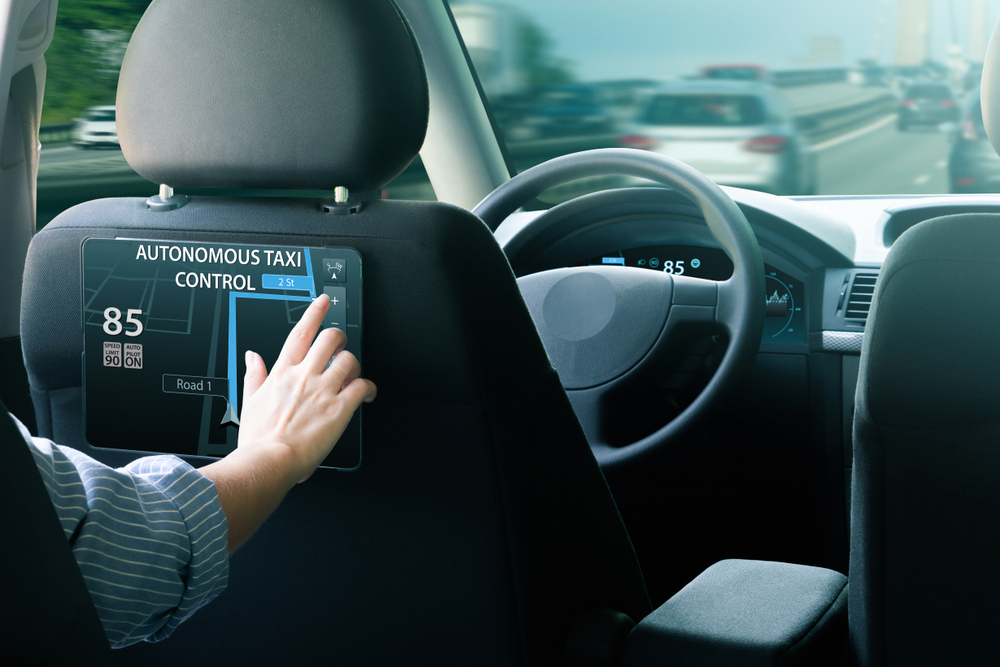Now in the fall of 2020, the world is different from a year ago in many ways. At that time, the idea that a robotaxi would need various biological odor sensors to measure the cleanliness of a vehicle between rides was considered rather silly. Now, it is clear to pretty much everyone that the disinfection of the vehicle needs to be somehow controlled and managed. And the trip to disinfection, in addition to the cleaning itself, is time when the car produces nothing. If there already were quite a few obstacles in the way of robotaxis transporting people, the coronavirus situation is certainly not helping their entry in the market.
At the same time, the last six months have been more active than ever before in my business area – the business development of autonomous vehicles. The coronavirus forced many to work remotely and, from that moment on, business models have truly been put to the test. The first to suffer was the idea of transporting people in autonomous vehicles. If a safety-conscious, jerky and slow car ride that keeps stopping all the time is not terribly appealing, it certainly will not get any better if you start thinking about who might have been coughing in the car right before you. This quickly leads to the idea that a pizza or a crate of beer complains about the ride a lot less than a human being. Indeed, in Florida robotaxis started delivering restaurant food to homes and offices. Some of the problems were solved, but a large part of the tough nut was yet to be cracked. The last mile problem turned into the last 100 feet problem, as people did not even want to come down from their offices and apartments to the congested street to pick up their food. And a big city does not become a much easier operating environment even when there is less traffic than before.
No creature is as wise as a human being, except an engineer. If the apartment building is the problem, let’s get rid of the apartment building. One of the success stories of the spring was the distribution of restaurant food in slightly less populated areas. Simply put, a small suburban area in Espoo is an easier environment to operate than Shanghai, and moving relatively slowly on the bike path is much easier than at a faster pace among car traffic. The legislation is also much more lax, as the transportation of a pizza does not require airbags or mirrors.
In the field of autonomous vehicles, a few megatrends have gained ground with the rise of business alongside technology. It is much easier to transport goods than people. Gothenburg, Arizona and a small town in Finland called Mäntyharju have automated truck traffic both in closed-off areas and on larger roads. Logistics becomes more efficient and the problem to be solved is much smaller than with a robotaxi operating in the city. The benefits that can be achieved are also significantly greater. In addition to large units, the transportation of small quantities of goods, such as a pizza, is an attractive business. A machine the size of an electric cargo bike is easier to manage than a car. Lawmakers also consider a slow-moving, 100-kilogram bike less intimidating than a two-ton vehicle full of people going 60 kph.
We at Murata do not really care if there is pizza or people on board; we do our part in making mobility safer for all of these. Our inertia sensors are used to verify how autonomous vehicles move. We help locate the vehicle to within a centimeter and know where the other sensors of the vehicle are looking. All of this is essential for the operation of the system and makes it more reliable, or reduces the computing power requirements so that it is possible to make a vehicle without a supercomputer. Although there is no pizza-delivering robotaxi in Vantaa* (yet), we already know what it would take.
*Murata Finland is located in Vantaa.
Tommi Vilenius, Business Development, Autonomous Driving / ADAS


Recent Comments